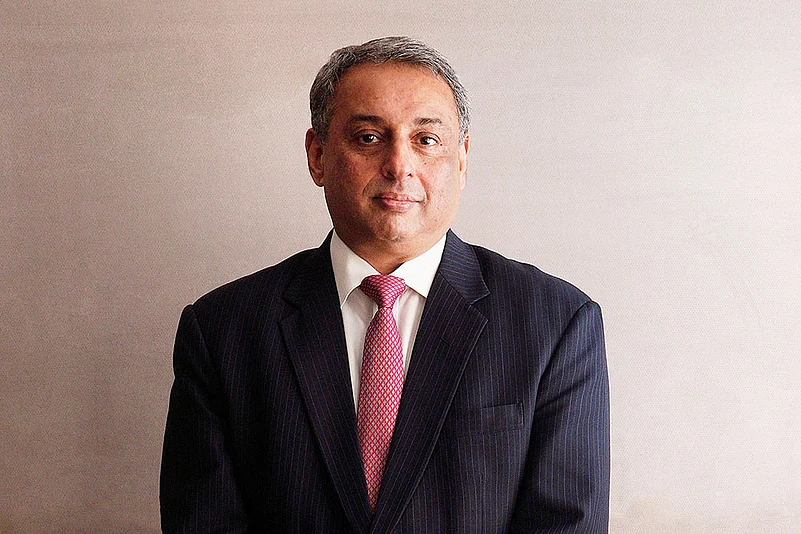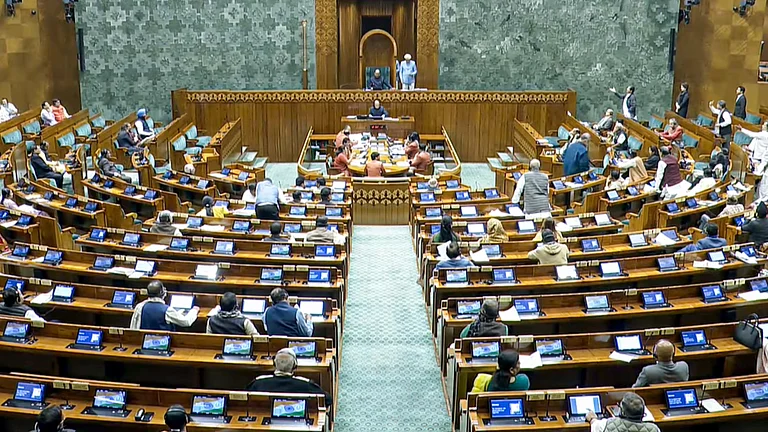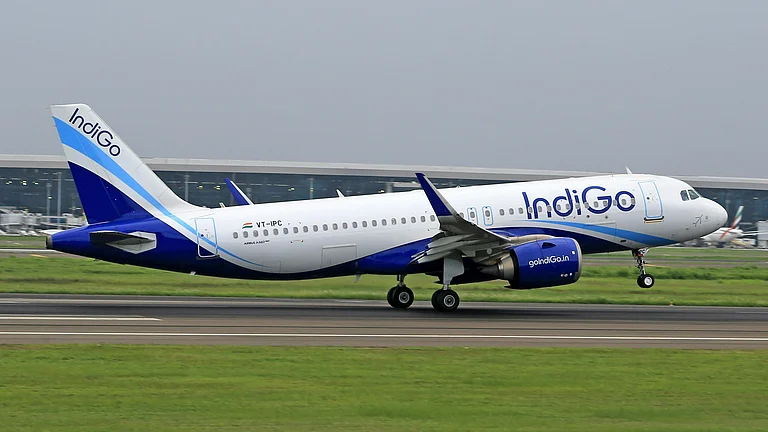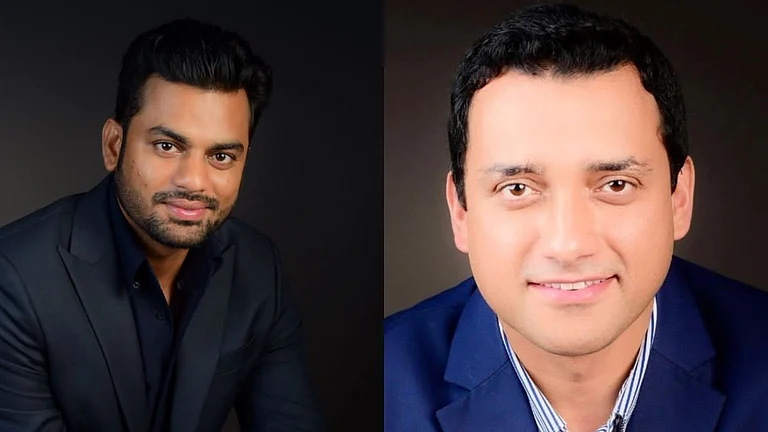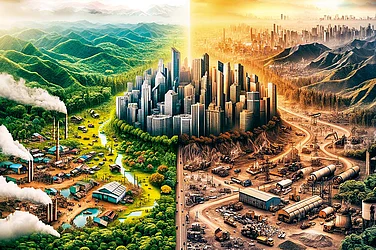How has Tata Steel navigated challenges in the last 100 years?
Tata Steel, obviously, is the original Make in India story. The idea of Atmanirbhar Bharat that we are talking about is what drove the founder of the Tata Group to set up Tata Steel, Tata Power and Indian Institute of Science, among other notable institutions of modern India. But what is interesting about the origins of Tata Steel is that the best talent was brought from across the world to build the steel plant and a township. So, you had the Americans running blast furnaces, the Germans running a steel melt shop and the English running the rolling mills. Those days, it took months to come by ship to India from Europe or America. There were no telephones, so you wrote letters to your family. Imagine the kind of sacrifices people made and the challenges they took to come and build the steel plant here. It is an incredible story.
As the steel plant was being built, World War I broke out, and that came with its own set of challenges. When you have the Germans, the Americans and the British working together, it has its own set of dynamics. It was in recognition of Tata Steel’s contribution to World War I that the British renamed the town of Sakchi as Jamshedpur in honour of the founder Jamsetji Tata.
The 1920s obviously were a challenging time for Tata Steel. I do not know if you know that Mahatma Gandhi sent Netaji Subhash Chandra Bose as the union leader in Tata Steel, saying that India’s first industrial experiment should not fail. We also went through the pandemic, and then there was another world war where, yet again, we played a very big role. The Tatanagar Armoured Car was very successful. It was made from the steel of Tata Steel and the engineering of Tata Motors.
While post-independence, the steel sector moved more to the public sector, Tata Steel continued; though, till 1990, our growth was limited by the licences that we got from the government. And so, we were only about two million tonnes at that time. But since then, like everyone else, we have grown.
This company has gone through many challenges and dealt with many issues. It has also led the way in how we deal with the community and employees. Even building the township was seen as unique and special at that time. The Tatas got the best of people to build the township because they truly cared for the welfare of workers. Many things about Tata Steel were progressive. The policies that we brought in, for women and for workers among others, were ahead of time. They were not required by law but we still enforced them.
It is a company with a rich history and a strong value system, is constantly invested in all its stakeholders and has found a balance between the interests of all stakeholders. One of the most famous statements of the founder was that a community is not just another stakeholder, but the very purpose of our existence. This has defined the culture of Tata Steel and has been a very important part of our journey for more than 100 years. If you ask me the reason why this company has been around for more than 100 years, it is because of a very strong culture and very strong commitment to the community, employees, shareholders, proper governance processes, ethics, integrity and building trust. It epitomises all the values that the Tata Group talks about and celebrates.
How will the plans of the last decade keep the brand relevant for the next 100 years?
In Tata Steel, we currently have employees who are from the sixth generation. So, we have employees who are not just committed to the company, but expect to work with it over multiple generations. I always tell our leadership and management that our job is to make sure that we leave behind a company stronger than we have inherited. And that, to me, is the minimum that we can do.
Our India business is one of the lowest-cost producers of steel in the world. Even when China was dumping steel in 2015, our EBITDA margins were 20%. On a consolidated basis, we may have shown losses because of challenges in Europe, but our India business is very strong. We have worked on making the company structurally, culturally and financially future-ready.
Structurally, future-ready is about growing the India business, which has doubled in the last 10 years and hopefully will double again in the next 10 years. We are also looking at simplifying the businesses by merging a lot of subsidiaries. So, we are basically making sure that Tata Steel is structurally very strong with a strong balance sheet that can ride off the cycles. We invest to transform in Europe and invest to grow in India.
The second part is if we are structurally fixed, then financially too we are in a better place. Even today, our net debt-to-EBITDA ratio is less than two. We brought down our debt significantly over the last few years. We have a strong balance sheet, and we will push
to grow.
Reducing emissions in a hard-to-abate sector like steel is a challenge worldwide. How prepared is Tata Steel?
The toughest part is being culturally future-ready, which is about preserving some elements of the culture of the past which are important for the future and discarding some elements which are not relevant while bringing in new elements for the future. This is amplified by our work on sustainability, because that is a big issue for the steel industry. Tata Steel has always led the way in what is good for the community, hence the Tata Group and Tata Steel’s announcement of net zero by 2045. We need to scale up a lot of solutions. It is not that there is absolute clarity on how we will get there. But that pushes us to go beyond our comfort zone and do things which are pioneering. We are also investing hugely in recycling because we believe that circularity will be an important part of the conversations going forward, leading to new business models and many other internal transformation programmes on agility which help us become nimbler.
Steel is a cyclical business. Do you have a strategy to reduce the downcycle?
There is a lot of investment in technology and new materials, which helps us supplement or de-risk ourselves from the cyclicality of steel. So, we are invested in composites, medical devices, ceramics, fibre-reinforced polymers, etc. There are multiple such initiatives that we are running currently. It is like planting seeds for the future. These seeds may take five, 10 or 20 years to grow, but will become the trees for future generations.
What do you think about the geopolitical challenge in the wake of climate talks and the wave of de-globalisation?
It requires spending a lot of capital on transforming existing assets, like in Europe, and it also means spending capital on harvesting new technologies, investing in new process routes, etc. The big question is, how do you adapt, especially because we are a hard- to-abate sector. So how do you transition into a greener future? That to me is one of the challenges. The other challenge is that we are in a geopolitically volatile time. There is the Russia-US impact, as also the China-US impact. And because of our supply chains, because of our footprint, we are always impacted by whatever happens anywhere in the world. So, how do you become more agile, more alert and see some of these signals before others can see them? And how can you respond to them faster than others? I think that is an important part of the cultural transformation that we are driving—how we really react in an agile way to a very volatile environment that we operate in.
How big is Tata Steel expected to be by the end of this decade?
In the last 10 years, when I took over, we were producing nine million tonnes. In India, we are currently producing 20 million tonnes, so we have more than doubled in the last 10 years. Over the next 10 years, we want to more than double, so that, by 2030, we can be at 40 million tonnes. But most of that 40 million tonnes will come through organic growth, because we set ourselves well. We have the Bhushan site at Meramandali, which is at five million tonnes today. We can take it to 10 million. The Kalinganagar plant, which is at three million, is already expanding to eight million and can be taken to 16 million. The Neelachal plant that we acquired is at one million and can be taken to 10 million. And then we are building a smaller electric arc furnace plant in Ludhiana. So, if you do the math, we can go beyond 40 million tonnes.
The government is spending a lot on infrastructure. India is finally seeing a period of investment or infrastructure-led growth. India is traditionally a story of consumption-led growth, while investment-led growth is more steel intensive. The current phase of infra push is very good for the steel sector and for us.
With the government focus on infrastructure, we expect steel demand to be very strong and the consumption of steel in India to grow at a faster rate than the GDP growth rate. Traditionally, in India, steel consumption has grown at a slower rate than GDP growth. That is why we want to grow fast. And we believe that this will continue to make us more and more competitive as we build scale in fewer sites.





